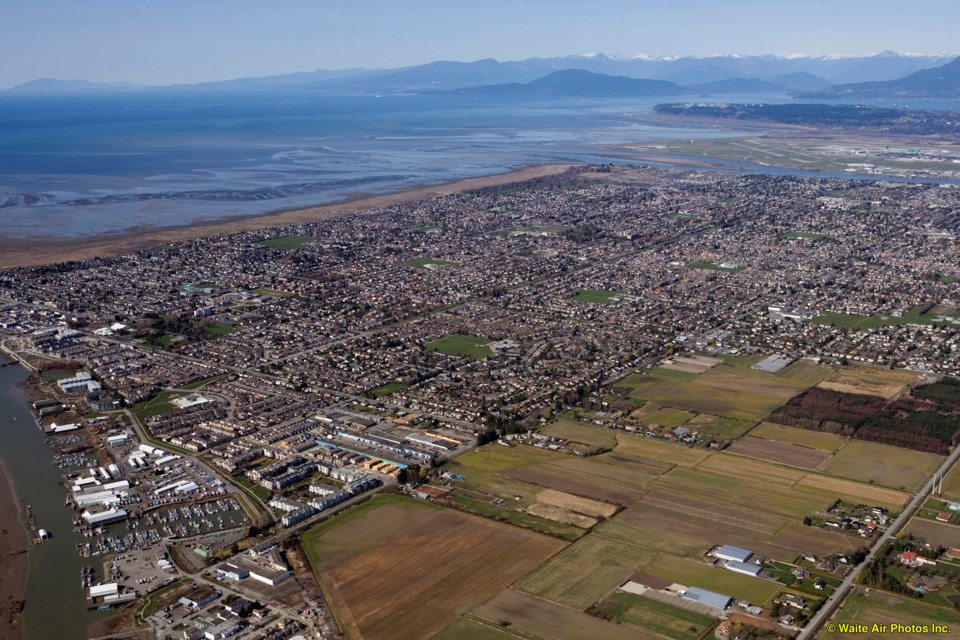Richmond residents need not worry about a significant tsunami striking Lulu and Sea islands.
While a large earthquake off the coast of Alaska Tuesday morning resulted in tsunami warnings for parts of the West Coast, it did not result in such alarms for Richmond.
That’s because scientific studies and wave modelling have shown even the largest mega earthquakes along the Cascadia subduction zone, off the west coast of Vancouver Island, will not result in large waves striking Richmond.
“Any tsunami generated in the open Pacific is of little threat to Vancouver, Richmond or Delta areas,” said University of B.C. oceanographer Dr. Susan Allen.
The City of Richmond commissioned a study by Simon Fraser University in 2005 on the matter. It found that there is no geological evidence of a significant tsunami hitting Richmond in the last 4,000 years despite there being numerous nearby mega quakes.
“There’s a general public perception that Richmond is at a heightened risk because of its lower elevation and water surroundings but this is not actually the case,” said city spokesperson Ted Townsend.
Allen concurred with the study, which notes any large tsunami would dissipate through the Juan de Fuca Strait as it wraps around the southern tip of Vancouver Island. Furthermore, Sturgeon Bank and the Fraser River Delta tidal flats would further lessen a wave’s energy. Models show any wave reaching the West Dyke would be about 0.5 metres high, well within the dyke’s ability to block water from flowing inland.
The most significant tsunami could actually occur from a landslide off Galiano Island. Still, an 18-metre wave would be reduced to two metres by the time it hit the dyke, posing “no significant flood risk,” according to the study by Dr. John Clague and Dr. Ian Hutchinson
Of course, such a tsunami will strengthen as Sturgeon Bank and the tidal flats are further slowly eroded by dredging operations and sea level rise.
“No question, the higher sea levels get, the more susceptible Richmond will be to all water hazards,” said Allen.
As well, if a wave hits during high tide, dykes become more vulnerable, she said.
In Point Roberts, Washington, Whatcom County has a tsunami hazard zone and there are posted tsunami evacuation routes along streets at the southern tip of the peninsula. Allen speculated that a tsunami wave would be greater there because there are no tidal flats and banks. Washington State Department of Natural Resources states a wave as high as four metres could strike Point Roberts’ shores.
According to Townsend over 100 people successfully registered with the city’s “Richmond BC Alert” cellphone emergency notification system on Tuesday (RichmondBCAlert.ca). While some residents complained on Facebook of technical glitches Townsend said the city would investigate.



